Amazing Animals #14 The Harp Seal
When people first lay eyes on the Harp Seal pup they are almost always overwhelmed with just how adorable they are, but aside from being just cute babies they have some very interesting tendencies and adaptations that enable them to thrive within the Arctic circle.
What do they look like?
They are light grey in colour and get their name from the dark, harp shaped marking on their flank and back fur that appears on males at around 7 years old, the harp is less pronounced on females and will not usually be visible until they are at least 12 years of age. Growing to around 6 feet long and weighing up to 400 lbs these incredible creatures live on average for about 35 years.
There are 3 populations of the Harp Seal found in The Greenland Sea, White Sea (Which is off the coast of Russia and also within Newfoundland Canada. The highest population of Harp Seal is found along the Greenland Coast.
Their Behaviour
Contrary to popular belief, Harp Seals prefer to swim and spend most of their time within the water spending very little time on land. They are very social animals coming together in very large groups and will remain together whilst migrating. Within their large groups, they will also form smaller groups that have their own hierarchy system, these groups will eventually separate and go their own way.
Furthermore, they can communicate with one another underwater with up to 19 different calls, this variety in communication is commonly observed during courtship and mating.
How do they stay warm?
Within the Arctic circle temperatures can drop to well below - 20C, only animals that are finely evolved for life in the cold are able to thrive.
To regulate their body temperature, the Harp Seal combines both anatomy and behavioural tendencies to fight off the freezing conditions. For most Mammals, they will raise their metabolic rate and energy expenditure to stay warm, however for the Harp Seal they have a thick layer of blubber which is several inches thick that aids in insulating their body whilst swimming, in fact the more they move through the water, the more efficient their temperature regulation becomes.
The brown adipose fatty tissues that make up as much as 60% of their total fat storage warms their blood once it has returned from the surface of their skin, as such, small increases in their heart rate will warm their body much faster than most terrestrial Mammals, this provides a constant source of heat to the internal organs and ensures that vitally essential energy reserves are not spent to quickly, which for newly weaned pups is vital to their survival.
The flippers also act as a form of heat exchange that will both warm and cool the seal depending on what they require. When they are on the ice, the seal will press the front flippers to its body and close its hind-flippers together, this reduces Heat loss and also reduces the surface area in contact with the ice, the Harp Seal will do the opposite should they need to cool down.
Do they have good senses?
To protect their eyes from the salty sea, the cornea is protected with a tear-covering that provides constant lubrication, however, unlike most terrestrial Mammals they do not possess tear ducts, these ducts normally drain away tears so in their absence the Harp seal appears to cry constantly when out of the water.
They have a strong sense of smell and can seek out their offspring in large groups, they are also able to sense an approaching predator. Underwater they will close their nostrils and are unable to use this sense. They have incredible whiskers that provide the seal with touch senses that underwater are used to recognise vibrations such as movement from prey or predators.
Harp Seals are “earless” in the sense that they have no protruding or visible ears, instead they have two holes that lead straight to a chamber within the skull, all true seals of Phocidae family have this trait and all of them have a well-adapted sense of hearing both through the air and underwater. Due to the long ear canal that is partially plugged by wax the Harp Seal can have a better sense of hearing underwater and are capable of hearing frequencies up to and above 60,000 Hz.
The Harsh Reality of the Pups life
At the age of 5-7 years old a Harp Seal can reproduce, with their mating season occurring through the winter when a mature male will occupy an area within the ice and will attempt to attract females.
The pup will call their mother by yelling and mumbling, whereas adults will growl and warble to warn one another off. When the pup feeds its teeth begin to grow, if they don’t feed their teeth will not grow and they will not make it to adulthood, this makes feeding a more important process than just for nutritional benefit.
When the mother leaves, the pup cries for her to come back to no avail and becomes sedentary (becoming inactive), at this point they then begin to conserve body fat. It is often documented how heart breaking this part of their life is to witness. Within a couple of days, they will shed their white coat and are unable to swim or find food until they are seven to eight weeks of age or until the ice melts.
This leaves the pups vulnerable to predation from Polar Bears and other predators. This harsh fasting takes away 50% of their total weight and up to 30% of pups born within a season will die during their first year. This is due to being unable to swim and having no one to teach them how it’s done.
Imagine, your mum abandoning you after 12 days and you then having to fend for yourself? Motherhood is not a sacred and treasured experience for the Harp Seal.
Amazing Harp Seal Facts
As already stated, they are highly sociable animals where after mating, females form large birthing colonies and usually stay together until the pups reach 12-14 days old.
Giving birth on the ice, the pups are fed continuously on a high fat milk from their mother that will allow them to gain 2kg of weight every single day.
Harp seals have a huge migration, they will return to the same breeding areas every year and will travel 2500km from the breeding site to the summer feeding grounds every year.
The Harp Seals eyes are capable of tolerating the high levels of ultraviolet radiation associated with bright and snowy environments, therefore, unlike us Humans they are immune to “snow-blindness”.
You’d think with their well-adapted underwater hearing, capable of hearing such a wide range of frequencies whilst also producing a plethora of vocal communications they would be capable of echolocation, there is however no evidence that they possess this ability.
Harp Seals have regularly been sighted at great distances from their breeding territories, with some individuals being spotted as far south as the United Kingdom, and quite large migratory populations in Norwegian waters.
They are one of only a handful of non-aquatic species that may spend their entire life without ever touching dry land, providing the conditions are right the Harp Seal will only surface on to Ice and will spend most of its life in the Ocean.
Final Thoughts
These amazing creatures are one of the animals on this earth that are almost entirely reliant on the Sea ice, as the ice in the northern hemisphere continues to melt at an increasing rate their populations are becoming more and more restricted.
Their migratory routes are also becoming more extreme as commercial fishing depletes their food sources, the Harp Seal is currently of least concern on the IUCN red list, though with current trends this will likely change in my lifetime especially as hunting (I won't go in to detail you can research this for yourself, it's barbaric) quotas continue to be present despite their continually declining population.
Aside from these worrying issues the Harp Seal is a wonderful example of an animal that has perfectly adapted to the environment that it is in, lets just hope that their environment remains stable and their future becomes more secure.
- The Clown Fish
- The Greater Bird of Paradise
- The Reindeer
- The Three-Toed Sloth
- The Hippopotamus
- The Platypus
Content Sources
Harp Seal Senses
Basic Information
Harp Seal Pups

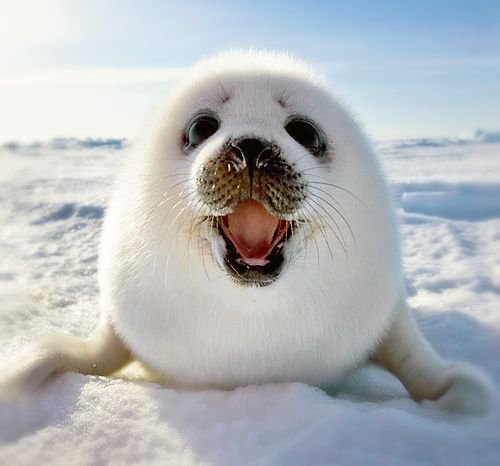
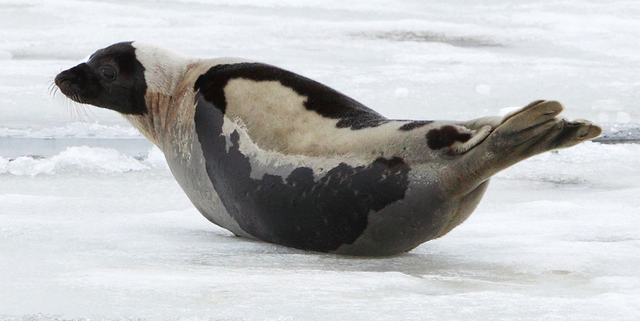
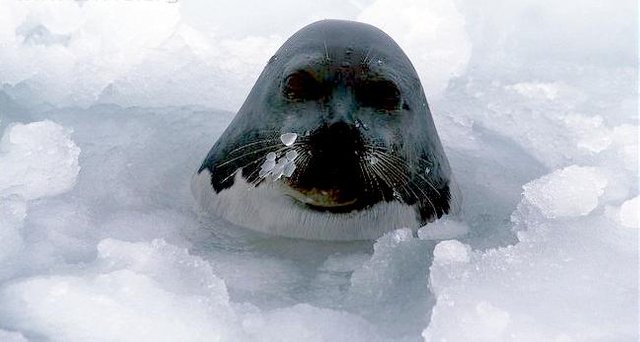
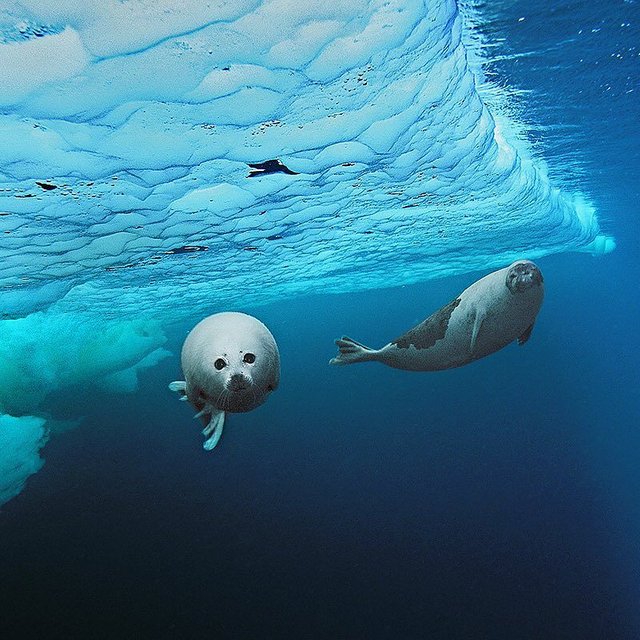
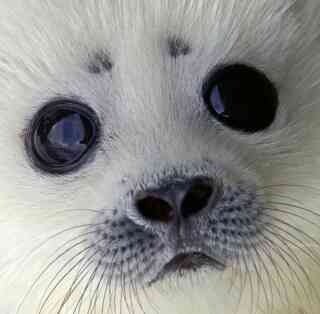

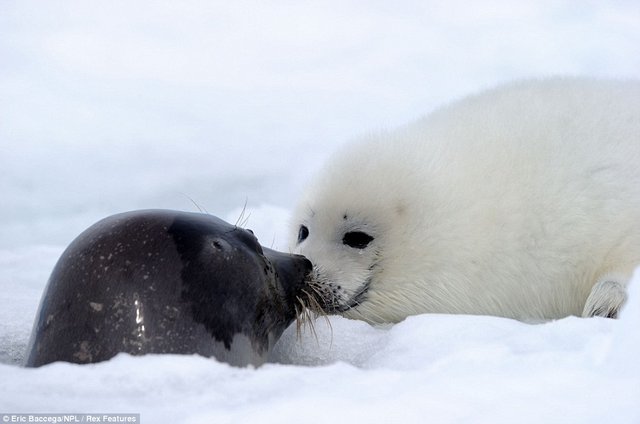
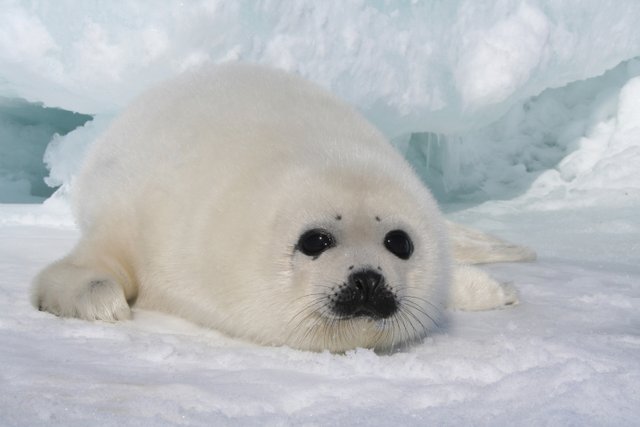
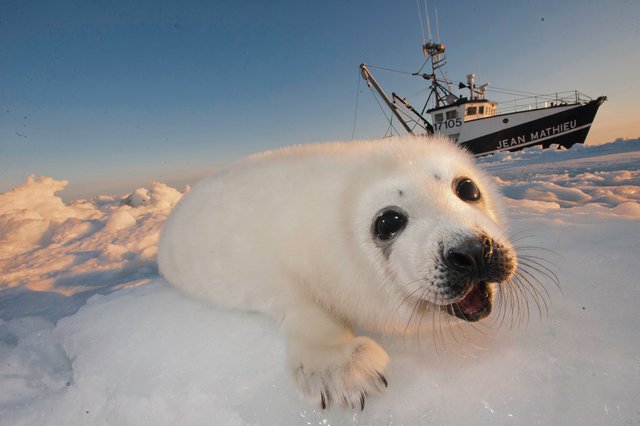
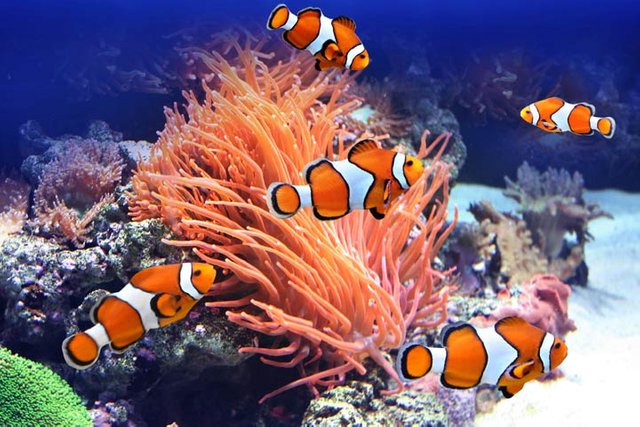
Their latin name is Pagophius groenlandicus which means something like the ice-lover of Greenland. This is in total contradiction with the fact that they spend very little time on the ice :P
Cuteness overload after the first picture. Thank you for your posts, they became my regular daily literature
That’s really lovely to hear :) thank you for supporting me :)
12 days! Do any other mammals have such short caretaking periods?
Hooded Seals are weaned after just 4-5 days, I think that's the fastest of any Mammal.
Sheesh, just when you get a taste for milk it's all over! Thanks for your response.
Thank you for posting this! What an interesting animal.
Resteemed to over 7400 followers and 100% upvoted. Thank you for using my service!
Send 0.100 Steem or 0.100 Steem Dollar and the URL in the memo to use the bot.
Read here how the bot from Berlin works. News you will find under the hashtag #resteembotnews.
Please help us grow and use our link to trade #IOTA #BTC #ETH and a lot of more at one of the biggest exchanges. https://www.binance.com/?ref=10230705
@resteem.bot
These creatures look dumb :D and thats why make them funny :D
whoa, what an amazing article you got there. Really would love to hear more about the mammal. They are such amazing and unique creatures with lots of qualities.
What a creature. Thanks for the beautiful post
Wow... -
Que hermosos!